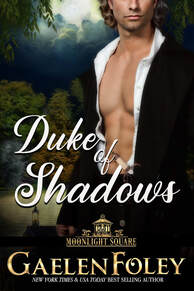|
“ ‘Heard of the Twelfth Night merry-making in Tom Shakeshaft’s barn, of course? Twelfth-cake — spiced ale — fiddling — dancing — all kinds of fun and frolic.’ ” (from: William Harrison Ainsworth, The Life and Adventures of Mervyn Clitheroe, 1858 / Illustration by Hablot Knight Brown via Wiki Commons) On January 6, Christians celebrate Epiphany, the arrival of the Three Magi (or Three Wise Men or Three Kings) with presents for Baby Jesus (though what a baby is supposed to do with myrhh and frankincense is anybody’s guess). In the English tradition, the evening before is referred to as Twelfth Night and marks the end of the 12 Days of Christmas. For centuries, it was a fun, festive day, and even though by the Regency period, festivities had become much tamer than they were in, say, the Middle Ages, there was still plenty of fun and partying. But what would a party be without cake? And not just any cake! (Click "Read More" below picture to continue.) Forget nasty post-Christmas fruitcakes! The Twelfth Cake was an enormous, lavishly decorated feat of confectionery: a heavy fruitcake would be covered in colored icing, upon which were stuck intricate ornaments made from gum paste. During the Christmas season, the confectioners of London would display their Twelfth Cake creations in their shop windows for passers-by to marvel at. But the Twelfth Cake wasn’t just pretty to look at, it also formed an important part of the Twelfth Night party games. Traditionally, a bean and a pea were baked into the cake, and the person who got the slice with the bean would be king for the rest of the evening, while the pea designated the queen, as the descriptions of the merry-making in Ainsworth’s novel Mervyn Clitheroe show: Just then Simon Pownall, mounting on a bench, announced that the twelfth-cake was about to be divided, and invited all to come to the table for a slice. “Now, now, the mirth comes, With cake full of plums, Where BEAN is king of the sport here. Beside, you must know, The PEA also Must revel as Queen of the court here.” While the Twelfth Cake remained an important part of the day’s festivities until the 1860s when it was superseded by the Christmas Cake, it became increasingly fashionable to leave out the pea and the bean. Instead, the King and Queen were chosen by drawing lots or cards, and this way, further characters were also assigned to all the other guests. To facilitate these games, printers and pastrycooks sold sheets of paper printed with such Twelfth Night characters, along with accompanying verses. You then had to cut them apart and roll each one up into little scrolls, to be placed in a hat, reticule, or simply a bowl, one with character for the ladies and one for the gents. If you wanted to spare yourself that extra work, you could also buy ready-made cards. From the early 1840s onward, The Illustrated London News would provide a supplement with a sheet of Twelfth Night characters done by famous illustrators such as Alfred Crowquill in their first issue of the year. Again, those were meant to be cut out and rolled up. As soon as all guests had arrived for the party, everybody would be invited to pick a lot or a card. During the following revelation, each person in turn would read out the little verses for his or her character and then had to assume the role of that character until midnight. And thus, much silliness ensued... Scroll down and we'll take a crack here in the modern cyber at playing the 1843 version of this ancient game! You know you want to... Sources & AcknowledgementsThe author wishes to thank the following people and sources, especially author/translator/researcher Sandra Schwab, PhD. for her assistance with this piece! For more information about the Twelfth Cake, check out: “Twelfth Cake” at Historic Food http://www.historicfood.com/John%20Mollard's%20Twelfth%20Cake.html - The article has pictures of a modern recreation of a Twelfth Cake and of wooden moulds for the sugar paste. It also includes the earliest printed recipe for Twelfth Cake from John Mollard’s The Art of Cookery, 1803. The illustrations of Queen Victoria’s Twelfth Cake (scanned by Philip V. Allingham) and Crowquill’s Twelfth Night Characters (scanned by Terry-Lynn Johnson) were taken from The Victorian Web: “The Queen’s Twelfth Cake.” http://www.victorianweb.org/periodicals/iln/84.html “Nibble’em the Dragon.” http://www.victorianweb.org/mt/panto/7.html “The Queen.” http://www.victorianweb.org/mt/panto/8.html “The King.” http://www.victorianweb.org/mt/panto/9.html “The King’s Fool.” http://www.victorianweb.org/mt/panto/10.html Illustration by "Phiz" aka Hablot Knight Browne, "Merry-Making in Farmer Shakeshaft's Barn" from Ainsworth's Mervy Clitheroe was taken from Wikipedia Commons, scanned by Steven J Plunkett. https://en.wikipedia.org/wiki/Twelfth_Night_(holiday)#/media/File:Twelfth001.jpg Lost Past Remembered blog: Visit http://lostpastremembered.blogspot.co.uk/2010/12/12th-night-fun-games-and-12th-cake.html A closeup of the characters: http://puzzlemuseum.com/month/picm08/2008-04-parks.htm And a spectacular modern-day Twelfth Cake: http://www.foodsofengland.co.uk/twelfthcake.htm Play Along!
3 Comments
1/7/2016 07:49:38 pm
Sooo..... Are you Priscilla Passion? :-)
Reply
Gaelen
1/8/2016 06:01:13 pm
You guessed it, Sandy! LOL. Think maybe I should've asked an easier question?? lol.
Reply
Carey Hunt
11/29/2017 12:58:27 pm
I'd like some Fanny and Fine Ale
Reply
Your comment will be posted after it is approved.
Leave a Reply. |
FOLLOW ME ON:
My Latest Release!
Duke of Shadows
A heartbroken belle, a missing suitor, and a heroic duke in disguise. Archives
April 2020
|
Privacy Policy
Cookies Policy
Terms of Service

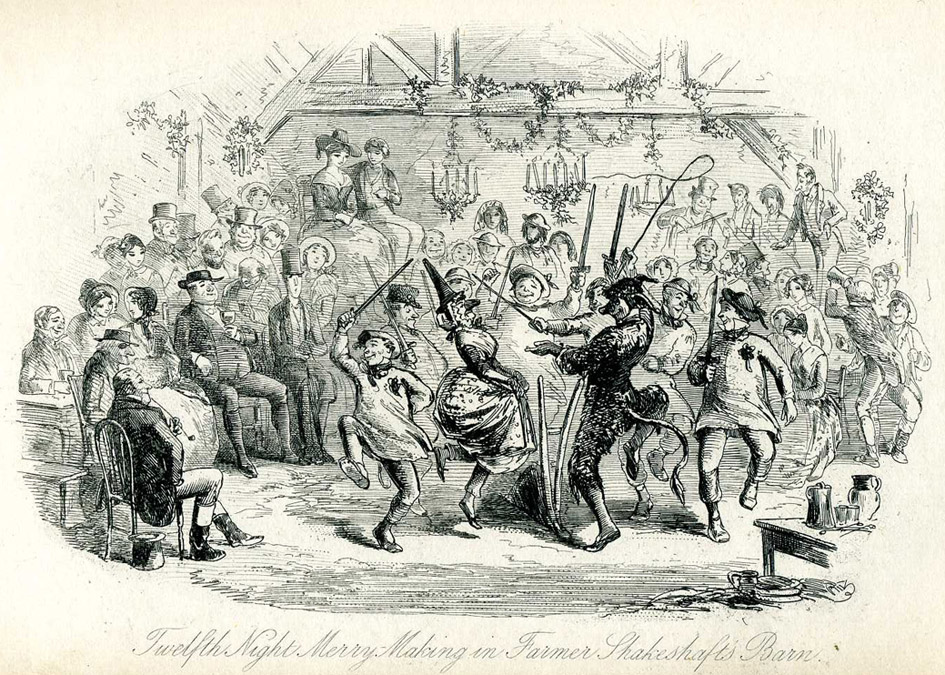
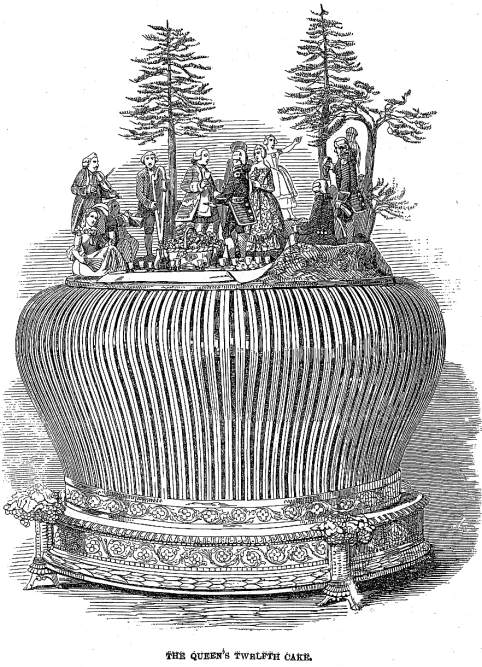
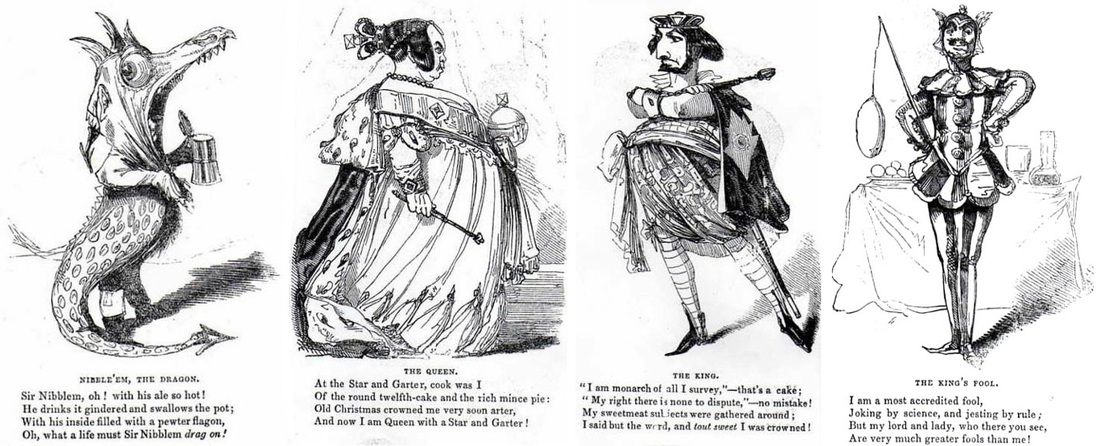
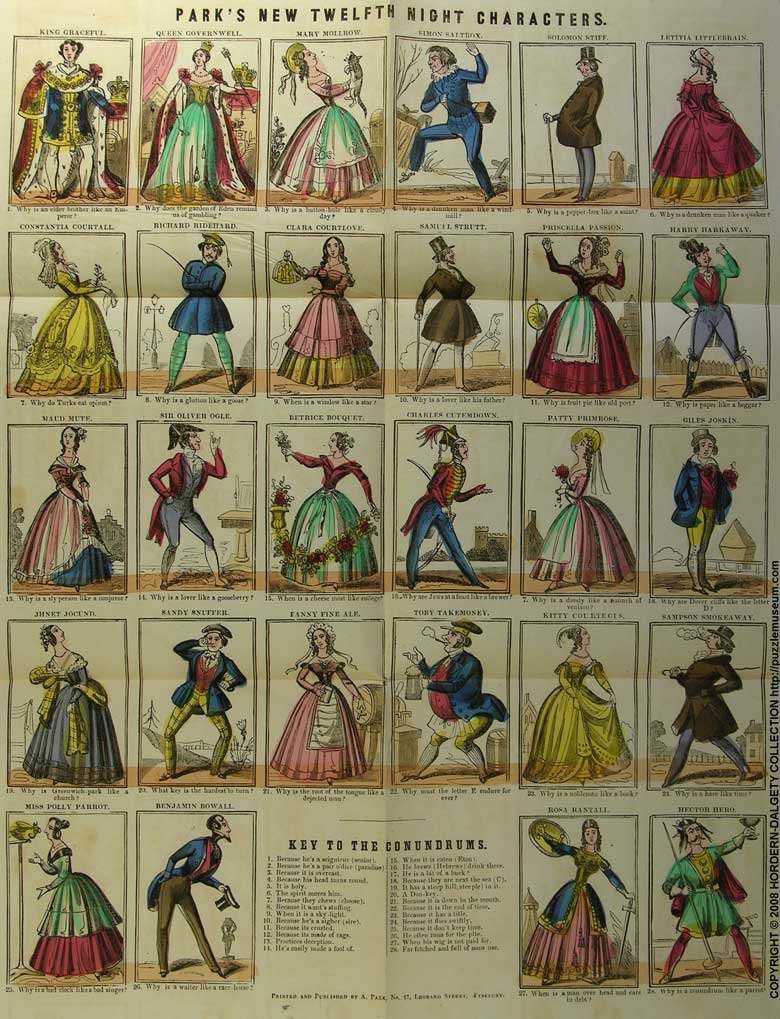


 RSS Feed
RSS Feed
